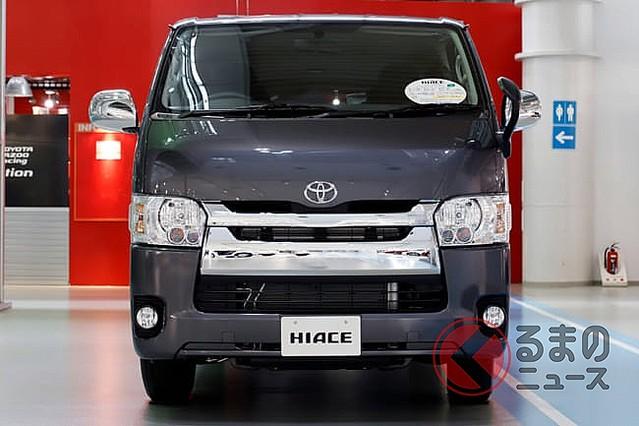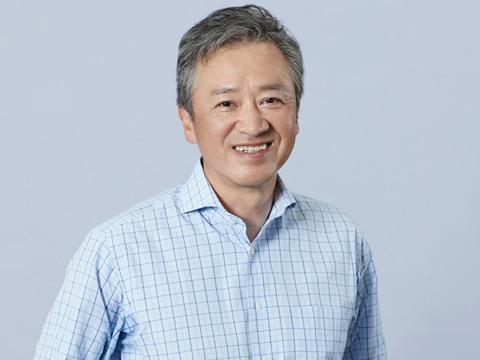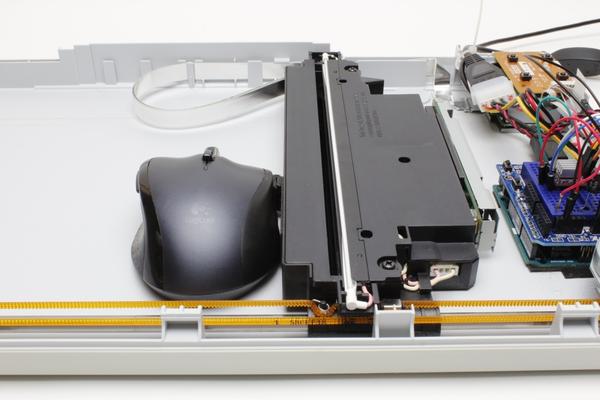947th: DSS (Dynamic Spectrum Sharing)
Communication by mixing 5G signals with 4G radio waves
DSS is a technology that introduces 5G NR in part or all of the frequency band used by LTE. It comes from the English "Dynamic Spectrum Sharing" which means "dynamically sharing the wavelength distribution" in Japanese.
So far, new radio access technologies have been deployed on different frequency blocks, just like 2G, 3G, and 4G. This has forced operators to purchase new spectrum or reorganize existing spectrum to allocate new generations.
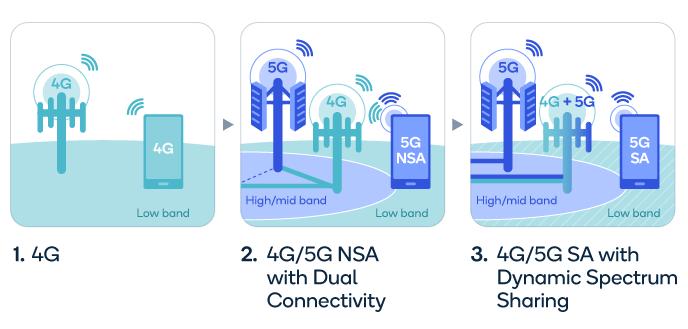
Business operators need a wide range of bands for 5G services, and for that reason new mid-band (3.5-6 GHz) and high-band (millimeter wave) have been allocated. In particular, the newly allocated mmWave frequencies have extremely wide bandwidths that will enable operators to achieve 5G's ultra-high peak rates and low latency. This frequency should be effective as a way to offload congested 4G networks.
On the other hand, millimeter waves have a narrow reach, and it takes a considerable amount of time to build a service area. In addition, the service area of 5G NR in the middle band (3.5 to 6 GHz) also requires the construction of new equipment, and it is also necessary to consider interference with satellite communication, so the 5G communication area is limited. It doesn't look like the area will expand.
In order to expand the area as quickly as possible, and to secure mobility, that is, to enable mobile users to use communication, the operator wants to use the frequency band below 3.5 GHz for the 5G system as well. There seems to be
Therefore, "DSS", which divides the 4G frequency between LTE and 5G, is being considered as a solution. Simply put, this technology mixes 5G signals into radio waves emitted from existing 4G base stations so that both 4G and 5G can be used. Existing LTE terminals within the base station area will be able to recognize this area as an LTE area, and 5G terminals will be able to recognize it as a 5G area.
In addition, if you use "inter-band NR carrier aggregation" that achieves 5G NR coverage expansion by aggregation of low and medium frequency bands, or low and high frequency bands, you can start with low frequency bands with DSS After launching 5G services in , this aggregation technology can be used together with 5G NR in the mid- and high-frequency bands. Even smartphones will be able to achieve high-speed data communications of several hundred Mbps indoors or at cell edges.
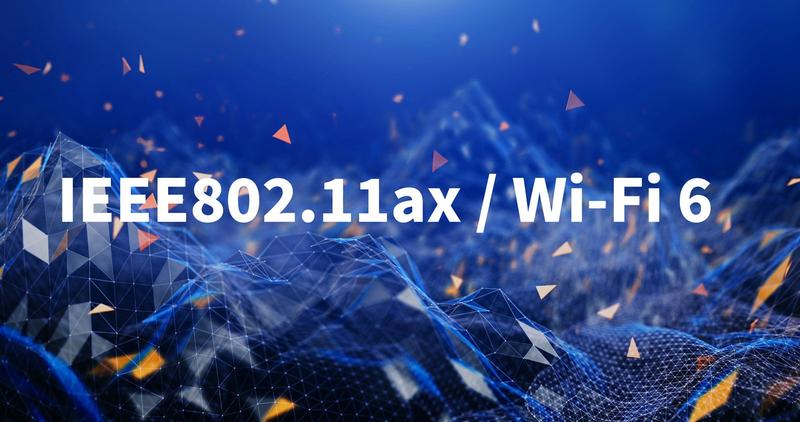
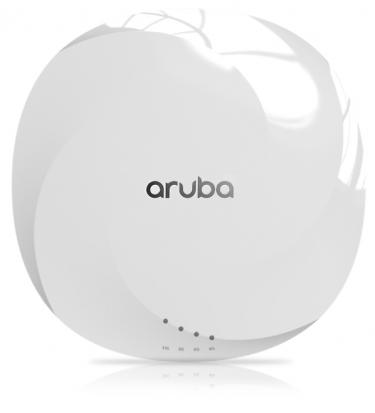
![[Osaka Marriott Miyako Hotel] Plenty of cheese! Italian buffet held company release | Nikkan Kogyo Shimbun electronic version](https://website-google-hk.oss-cn-hongkong.aliyuncs.com/drawing/article_results_9/2022/3/28/1061eb31530c979d7b766ae1877b113a_0.jpeg)
